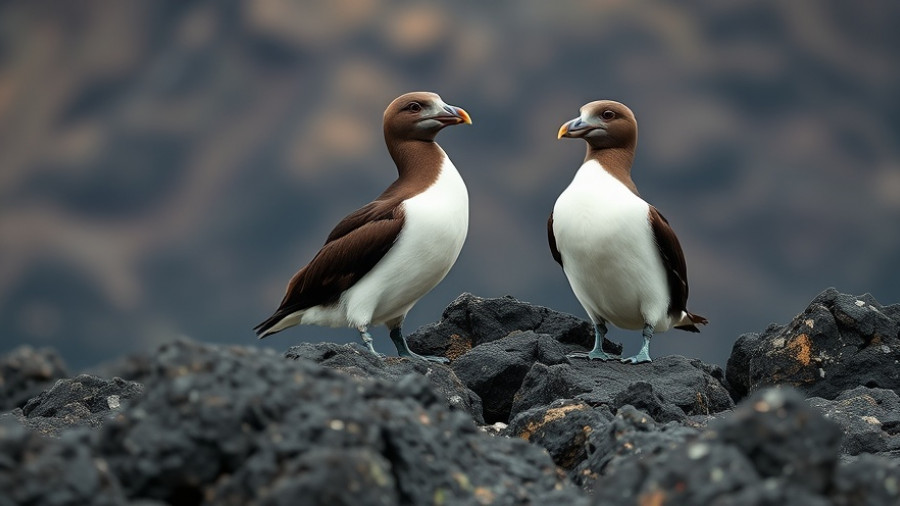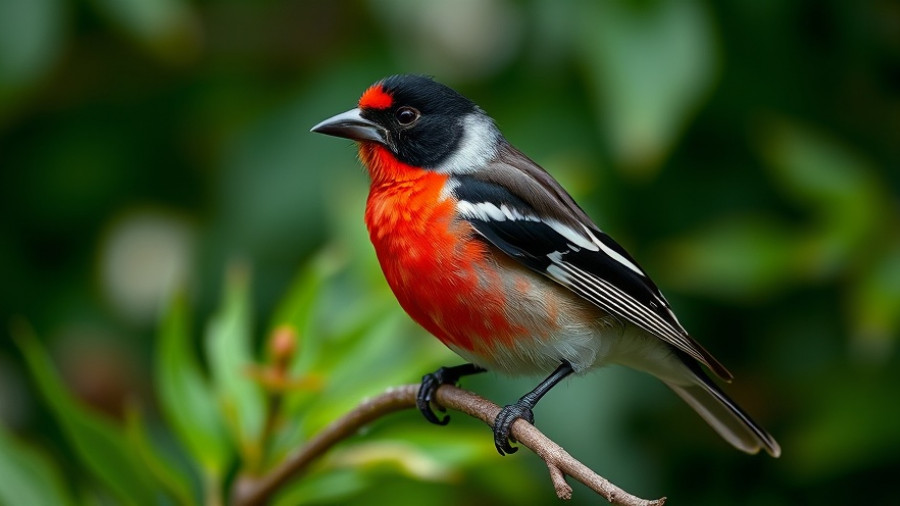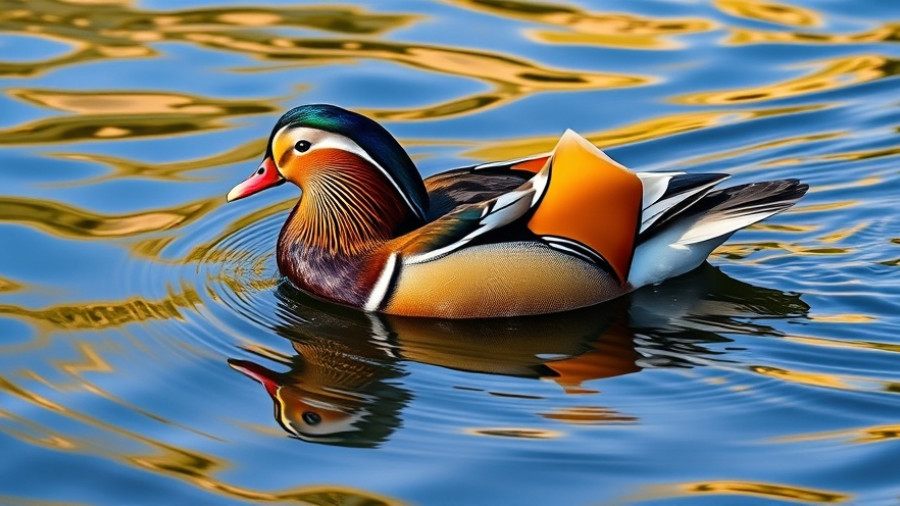
The Captivating Life of the Oilbird in Total Darkness
The Oilbird, a fascinating bird species found in the caves of northern South America, lives a life that few can comprehend—one that is completely lightless. This nocturnal creature, which often emerges from its cave at dusk, has adapted remarkably to its shadowy existence. With its vibrant brown feathers adorned with striking white spots, these birds are not as ominous as their name might suggest. Instead, they lead a surprising lifestyle dictated by their unique feeding habits and environmental adaptations.
Relying on Nature’s Design
To survive and thrive in absolute darkness, the Oilbird utilizes echolocation, similar to that of bats. This ability allows them to navigate through the spacious caverns where they roost and forage for food, expertly avoiding obstacles in their path. Their keen sense of smell complements their echolocation, enabling them to locate their preferred diet of lipid-rich fruits such as palm nuts and avocados. This distinctive diet not only provides essential nutrients but also ensures the Oilbird’s chicks grow plump and healthy, embodying the essence of their name.
An Extraordinary Evolutionary Journey
Fascinatingly, the Oilbird's lineage dates back over 50 million years, indicating a long evolutionary history that has granted it a unique niche in the avian world. With no direct relatives, the Oilbird's adaptations are a perfect representation of nature’s creativity, showcasing how species can innovatively adjust to survive in varying environmental conditions. The combination of its exceptional night vision and adaptation to a fruit-oriented diet demonstrates the evolutionary brilliance of this majestic bird.
The Oilbird and Human Connection
Historically, humans have had a profound connection with Oilbirds, utilizing them for cooking oil in various cultures. This interaction underscores the intricate link between nature and humanity, highlighting how dietary practices and resource utilization over time can impact wildlife. As we continue to explore these fascinating creatures, it becomes crucial to understand their role in our ecosystem and ensure their habitats are preserved.
Conclusion: Preserving the Enigmatic Oilbird
The Oilbird’s captivating adaptation to life in darkness serves as a reminder of the wonders of biodiversity. By safeguarding their natural habitats and recognizing the delicate balance of our ecosystems, we can ensure that these remarkable creatures continue to thrive for generations to come. Similarly, as we deepen our understanding of wildlife, we cultivate a greater appreciation and responsibility towards our environment.
 Add Row
Add Row  Add
Add 




Write A Comment